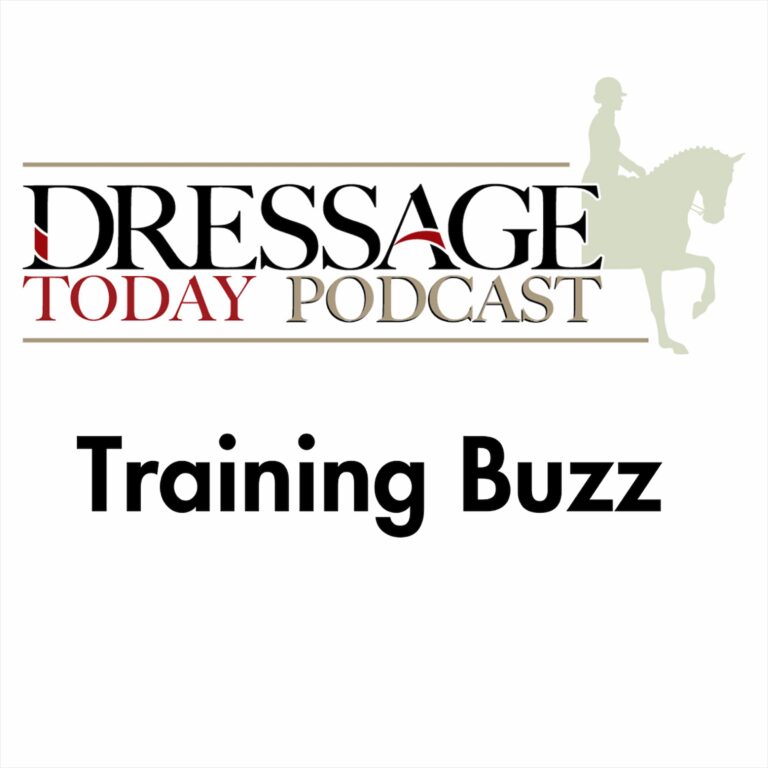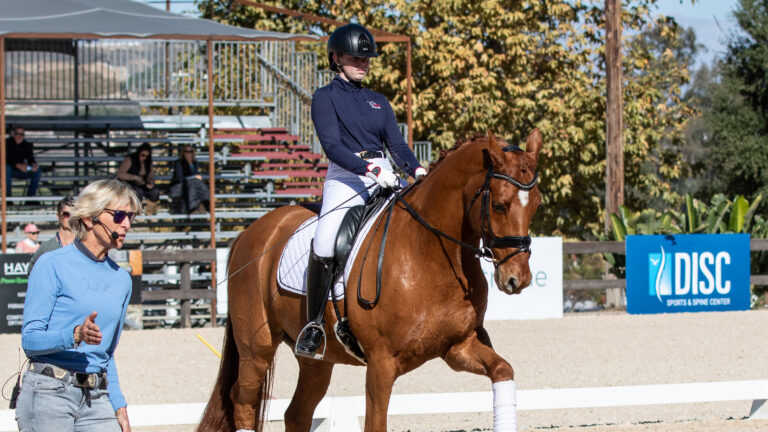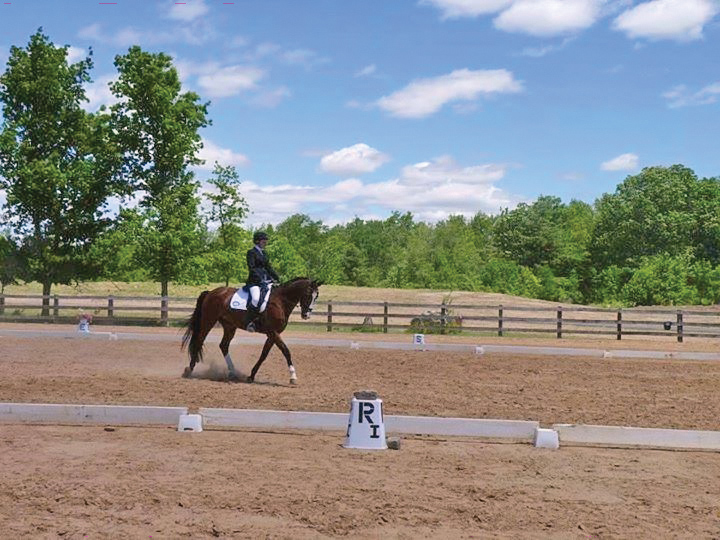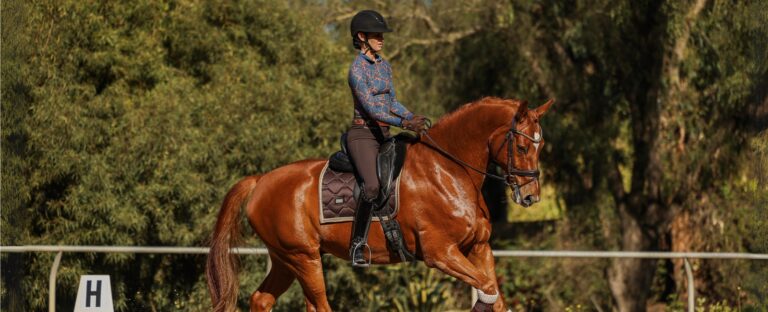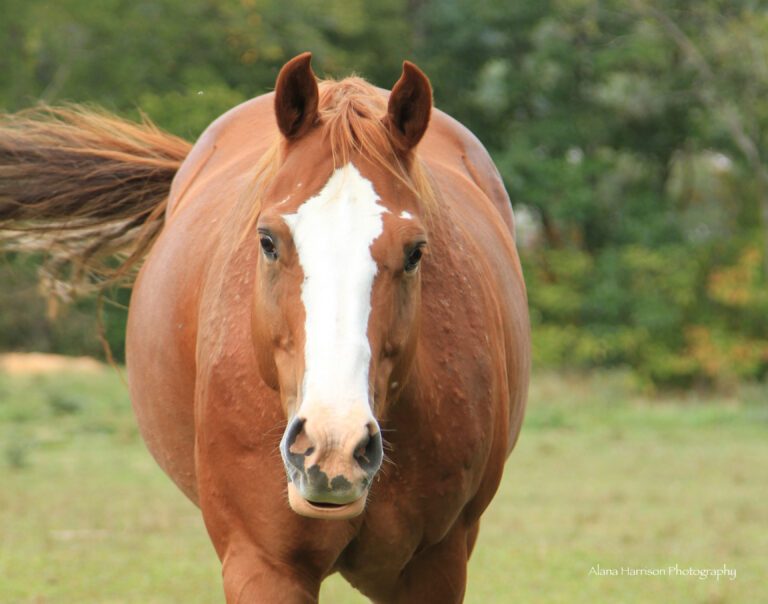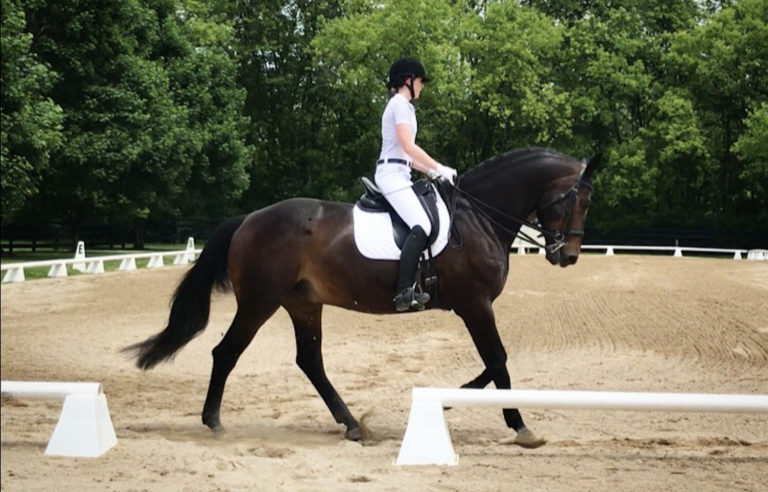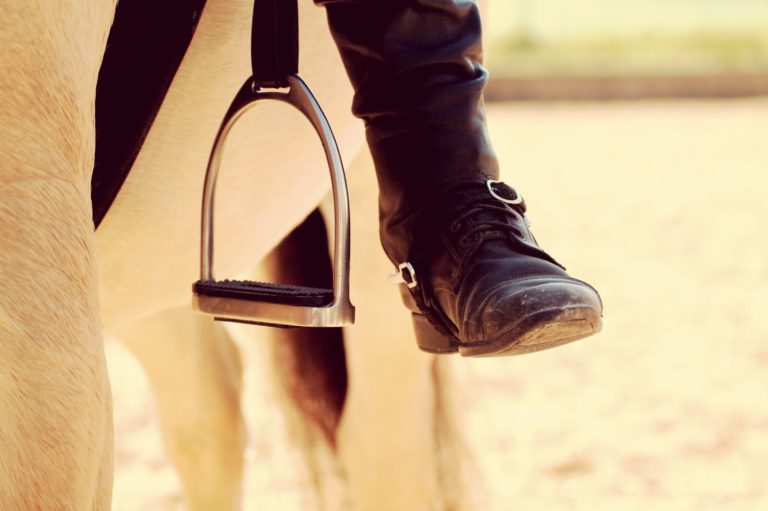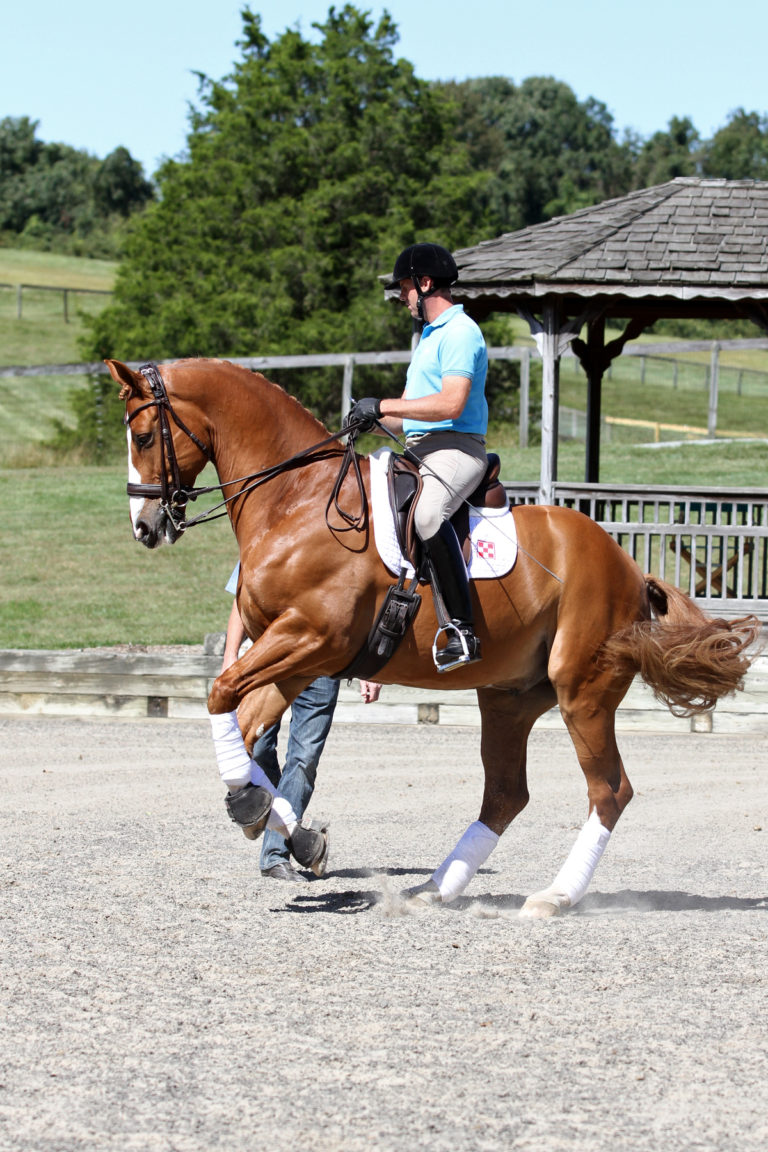The half halt is the key to good riding in dressage, but many riders find it confusing because the reasons for riding a half halt are not always the same. For instance, you might half halt to obtain concentration or more self-carriage from your horse; or you might wish to do a downward transition.
As an Amazon Associate, Dressage Today may earn an affiliate commission when you buy through links on our site. Products links are selected by Dressage Today editors.
Half halts also vary slightly in each pace—that is, a half halt in canter is a bit different from a half halt in trot. Finally, half halts can differ simply because of a person’s physical stature or a horse’s conformation. The influence of a half halt given by a small person, for example, is unlike that of a half halt given by a tall person.
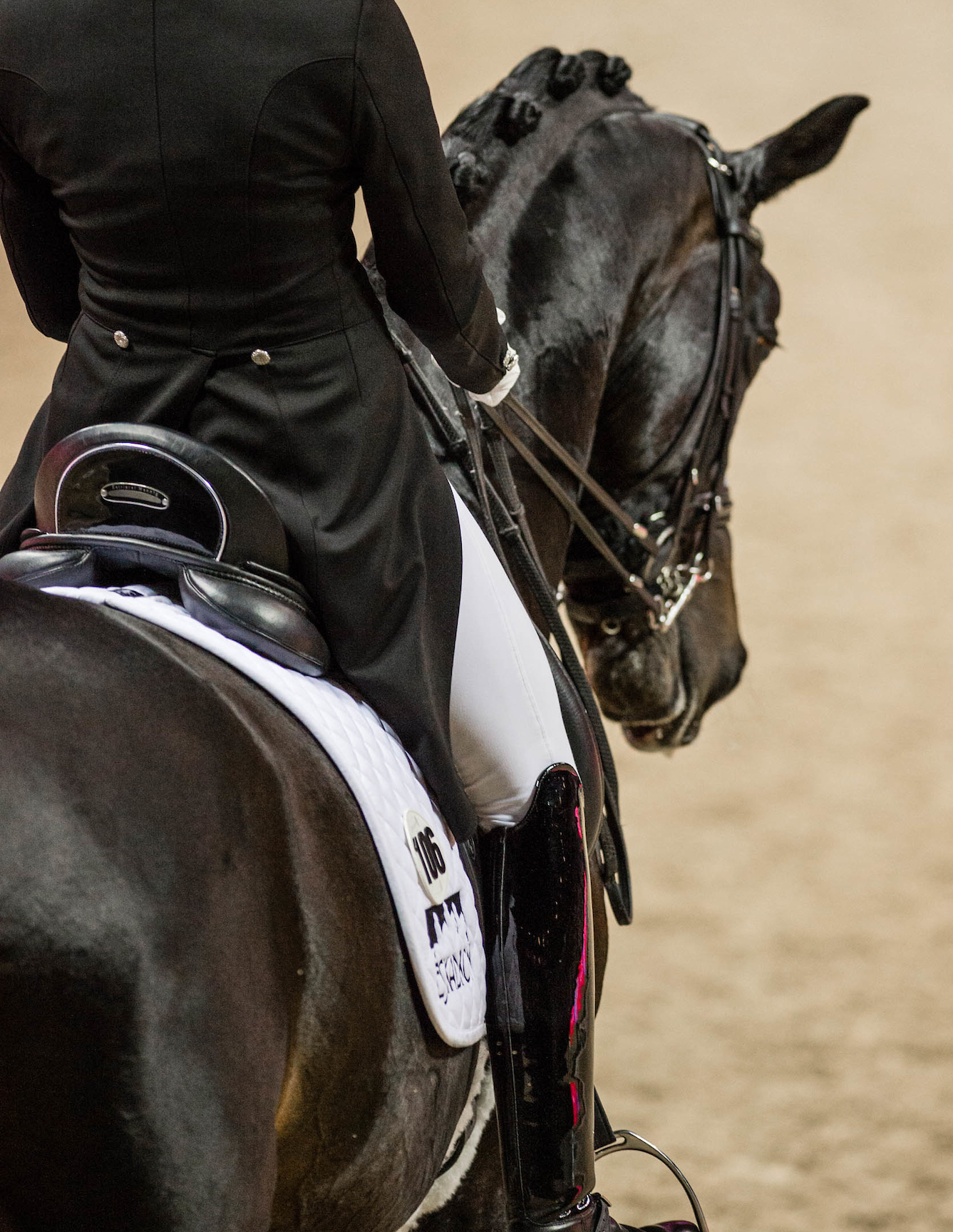
In this article we discuss some of these differences as well as the principles of riding the half halt that are always the same. Let’s start by identifying the various purposes of the half halt.
The half halt is used to:
• go from a higher speed to a lower speed by changing the pace. For example, if you wish to go from trot to walk, you go forward with the horse in trot, then half halt to ask your horse to walk, and you go with him in walk.
• go from a higher speed to a lower speed by changing the length of stride within the walk, trot or canter. For example, if you wish to go from medium canter to collected canter, you ride your horse well forward in the medium canter, then half halt to collect the canter, and ride forward again in collection.
• make the horse more obedient and improve concentration.
• get more self-carriage from your horse if you feel that he has become heavy on the bit.
• prepare for a movement or a figure. For example, before the corner you do a half halt so that your horse comes up a little more and you can use the corner to improve his balance.
The Prerequisites: Three Unchanging Aids
Although the half halt can be used for many purposes, the principles of riding the movement are always the same. To ride the half halt correctly, you must know the basics of how to sit and how to give the aids. If you use the correct half-halt aids from the beginning, you will understand it and get the feeling for it, and so will your horse. Any rider is able to do a basic half halt once he understands that it is always the combination of three aids.
Step 1: Apply the Driving Aids
Driving is the first and last thing you do in the half halt. When you drive in the beginning and in the end, you guarantee that the half halt does not slow your horse’s speed and make him lazy. Your horse comes back to you, but he stays active so that you get everything you want from the half halt.
A good rider drives mostly with his seat and his whole body, but his driving is invisible. When a rider sits well into the horse with swinging hips, he doesn’t need to use much leg. Riders who are stiff on the horse drive only with the legs because the body doesn’t work. Then the horse often becomes lazy because it’s not possible for the rider to drive as much as is necessary with only the legs.
I train my riders to put the horse in front of the aids with swinging hips. This develops the correct driving aids and guarantees that the horse’s movement is always influenced by the rider’s seat. To check the influence of your driving aids, ride the collected canter on a 20-meter circle. Then ask your horse for just three or four strides of medium canter without using your legs—use just your body to make the request.
Did you get the result that you wanted? If not, use your legs or your whip to explain it to your horse. Then try again to get a result by using just your body. You can do the same thing on a circle in the trot.
Step 2: Bring Your Horse Back
Bring your horse back first by sitting deep and making yourself very tall in the saddle. Next, turn your wrists in to increase your hands’ contact with the bit. At this moment, it is very important that you don’t drive your horse anymore—just sit deep and keep your wrists supple. When your horse is green or underdeveloped, you may need to use more contact with your hands, but later on, after your horse understands the half halt, your hands will be needed less and less. Your horse will become lighter because he understands that you want him to come back, but you’ll need to stay active when you make yourself very tall.
Step 3: Repeat Step 1
After your horse has come back to you, drive out again. For example, if you want to get a little more self-carriage in the trot, drive a little with your hips and legs, bring the horse back, feel him come up a little in the neck and then soften and drive out. Only when you drive out do you get your reward of more self-carriage. This is an example of a very subtle half halt that can be invisible in a movement. Sometimes riders have problems with the half halt because they think of it as only Step 2—bringing the horse back. The half halt only works when you drive before and after you bring the horse back.
Half Halt Variations
So far, we have talked mostly about half halts in the trot—the pace in which the horse is straight. If you are on a straight line in trot, you use both of your hips, both of your legs and both of your reins equally in the half halts. However, if you trot on a circle, then the outside rein dominates, the inside hip comes more forward and the outside leg moves slightly back. The same is true when you do a half halt in the shoulder-in at trot because it is done with bend.
In canter, too, you do the half halt in another form because the horse is naturally bent. The principles are the same, but when the horse is bent, you need to use more outside rein, the inside hip goes farther forward and the outside leg position is slightly farther back. You do not use both hands in the canter half halt. The outside rein should dominate. The inside rein is still there—you don’t take it away but you use it carefully.
Canter Voltes or Circles
You can help your horse understand the half halt in canter by using the wall when you are training the movement. At the letters R, S, V and P, circle your horse left in walk. As you return to the letter, pick up the canter and go straight to the next R, S, V, P letter. Circle left in canter. As you return to the wall, half halt and walk. It will be easier for your horse to understand what you want because the wall will help him. Then drive him forward in the canter depart so that he stays active in the transition.
When Things Go Wrong
Sometimes a horse makes you feel that it is impossible for you to do a half halt because he isn’t listening to your aids. In actuality, he may have difficulty performing the movement. A rider may be unable to perform a proper half halt when his horse
• is not developed enough to stay uphill. You need to use the half halt not only to bring the horse back but also to bring his hindquarters under.
• is young and inclined to run.
• gets excited or is easily distracted.
It’s often best to ride these horses forward and wait until they come back and relax on their own. Then it is possible to drive and do half halts. In contrast, you’ll find that the half halt is easy to perform when the horse has his hindquarters under him by nature and he is well-trained.
Sometimes the rider is responsible for his inability to properly half halt. The problems commonly experienced by riders include:
• leaning back, holding with the hand and driving with the seat at the same time. This causes the horse’s back to hollow and the haunches to go back instead of under.
• failing to drive in the half halt. The upper body collapses and the stomach caves in. Then the horse just gets slow and does not collect.
• doing half halts at the wrong moment. It is hard to describe the right moment because it depends upon the situation. But when you feel that it is necessary to improve your horse’s balance, you do a half halt.
Conrad Schumacher has been influential in the success of Olympic dressage teams from Germany, Holland, Great Britain and the United States.


